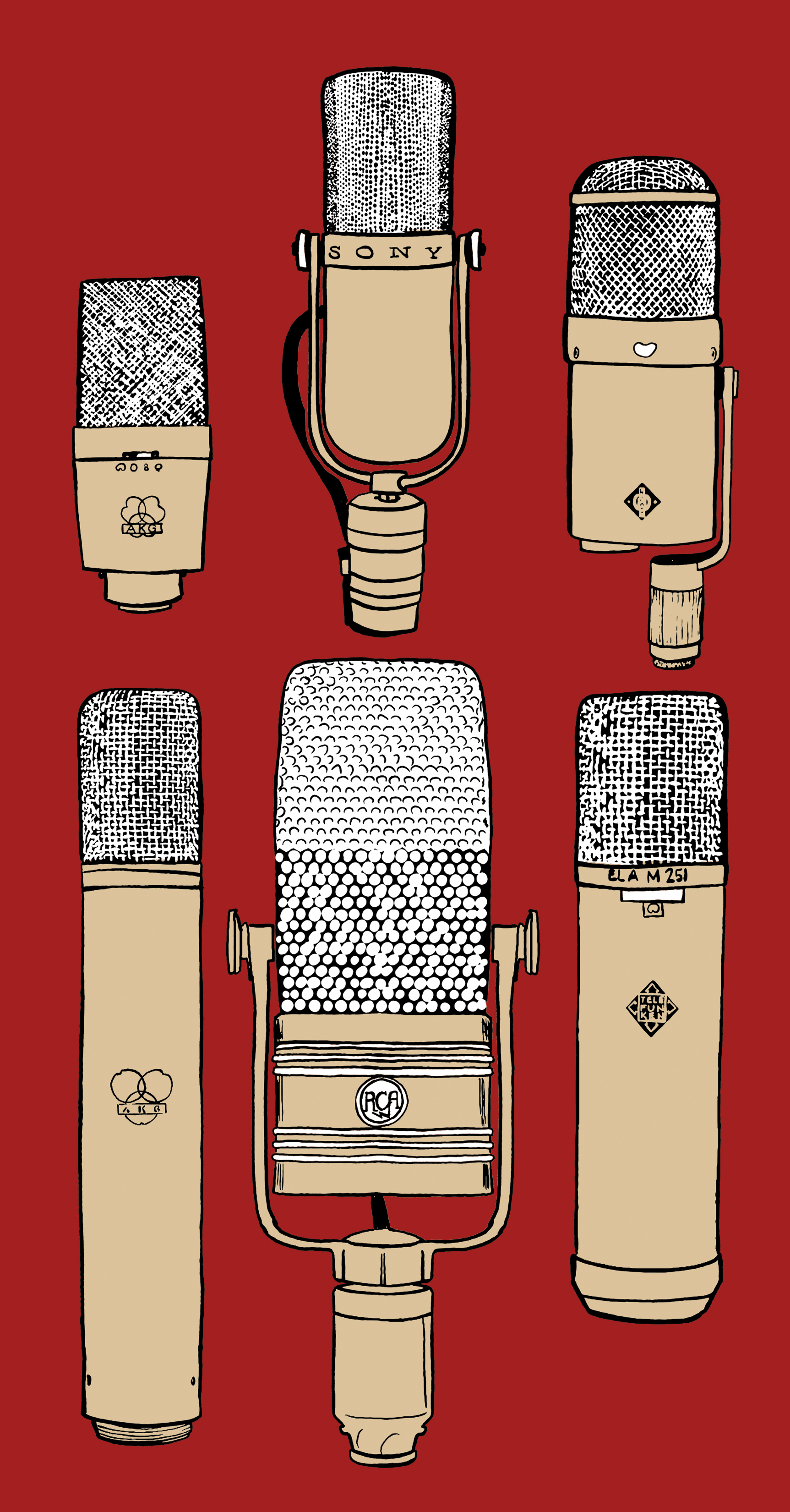Standard Audio, a California-based manufacturer specializing in 500 Series designs, has released an update of their much-loved Level-Or limiter/distortion processor. The original Level-Or [Tape Op #78] was released 10 years ago, and was inspired by the Shure Level-Loc, an ultra-aggressive PA limiter from the ‘60s that found favor among engineers seeking over-the-top compression effects on drums, room mics, and more. Standard Audio took the Level-Loc concept and expanded its functionality to include a Fast/Slow release switch, a dedicated output control, and a separate Crunch mode capable of distortion ranging from subtle saturation to all-out sonic destruction. For their new Level-Or MK2 Anniversary Edition, they have expanded and refined the unit's functionality even further by addressing several of the most-requested feature enhancements from original Level-Or users.
The MK2 design improves upon the MK1's two-mode operation: now a single toggle switches between Level (Shure's Level-Loc inspired limiter mode), Crunch (the aforementioned distortion circuit), and a new Bypass mode. The MK2 starts by addressing one of the most common issues cited with the MK1: the unit's considerable noise floor in Level mode. This is an understandable by-product of the aggressive nature of the limiting circuit, and for many musical applications it often wasn't particularly problematic. For other applications, however, the noise could become an issue – several mix engineer acquaintances reported consistently having to follow the MK1 with a noise gate. With the MK2, the limiting circuit has been redesigned, yielding considerably less noise, while retaining the unique sonic characteristics of the original limiter's behavior. Standard Audio's website mentions "extensive R&D and listen-testing" to mitigate the noise floor "while remaining true to the tone and vibe of the original circuit." Nothing in my own listening tests contradicts this: in A/B listening between the MK1 and the MK2, I could discern only very minute differences in limiter behavior – nothing that would make me prefer one to the other for that reason alone.
In addition to the considerable noise improvements, Limit mode has also received an update to its release section: a Medium release speed falling between Fast and Slow. This is actually a quite significant addition to the Level-Or's sonic palette, especially in heavy limiting situations where switching between Fast and Slow release times can yield radically different effects. Medium release quickly became a go-to setting for drums, providing a taste of the extreme thwack of the Fast release, but with a subtler envelope that seemed to work well in a wider variety of mix situations. On one mixing project, the artist wanted a big John Bonham snare sound, but the drummer had recorded his part with a softer, jazz-like touch. I used the Level-Or in Limit mode as a parallel snare processor to give the illusion that the drummer was hitting much harder than he actually was. With the Medium release setting dialed in, I was able to achieve the snare "crack" that the artist wanted, while blending it into the mix nicely without announcing itself as a special effect.
In Crunch mode, the same Fast/Medium/Slow switch takes on a different functionality. The Slow position engages an 8 kHz low-pass filter, the Medium position a 15 kHz low-pass filter, and the Fast position bypasses the filter completely. This is a thoughtful addition that allows nice tone-shaping options when ramping up distortion levels, which can generate substantial higher frequency content. On a Moog Sub Phatty synthesizer bass patch with relatively little harmonic content, I used the Input control in Crunch mode to drive the Level-Or and generate harmonics, then engaged the low-pass filter to rein in the upper partials. In most scenarios, I found the 15 kHz a bit too high to drastically differentiate itself from the unfiltered signal, but the 8 kHz filter was something that found regular use on all kinds of source material.
The MK2 now provides an instrument-level DI input on its front panel for interfacing directly with guitar or bass (MK1's front panel input was for line-level signal only). Also, when an instrument is plugged into the front panel input and the Level-Or MK2 is in Bypass mode, the unit acts as a clean DI with gain controlled by the Output knob.
The MK2 is currently shipping in a limited run Anniversary Edition, which features a black faceplate and white silkscreen art. After these Anniversary Edition units are sold, Standard Audio will continue to manufacture the MK2 with the same silver anodized faceplate style as the original MK1.




_disp_horizontal_bw.jpg)